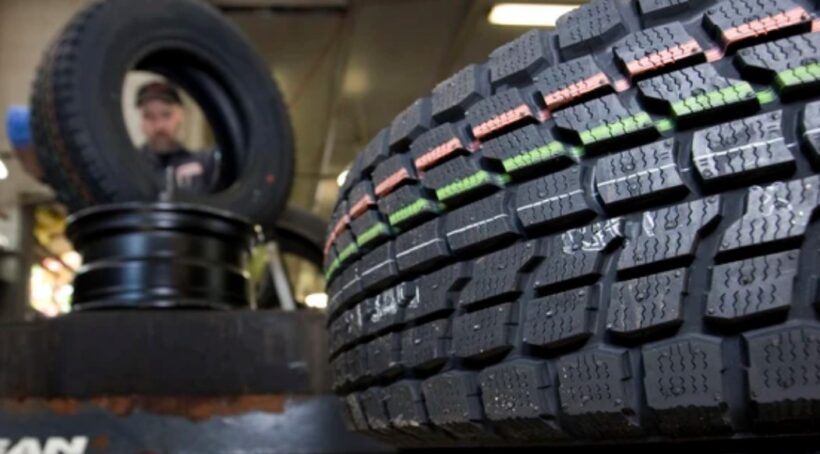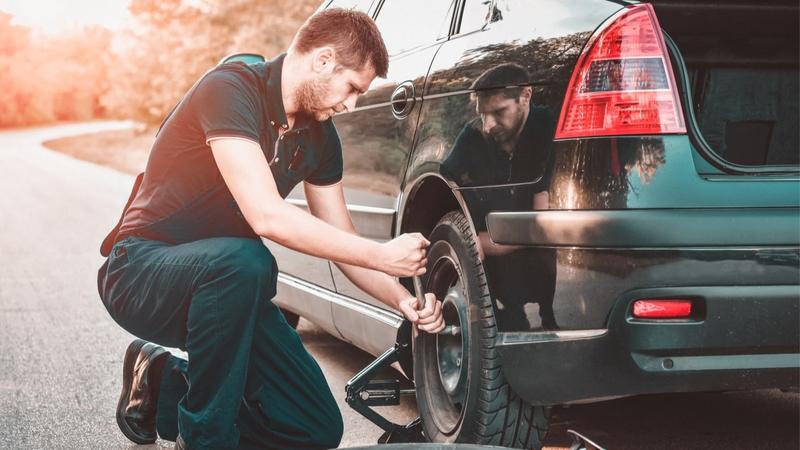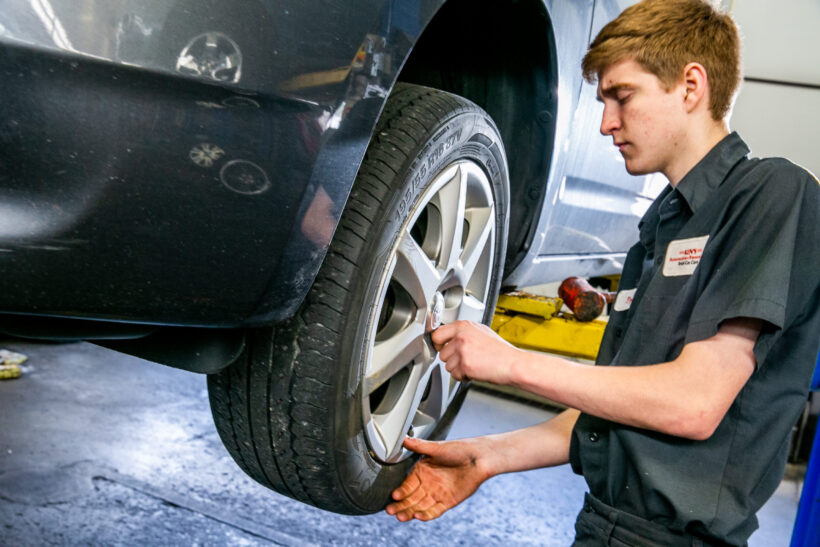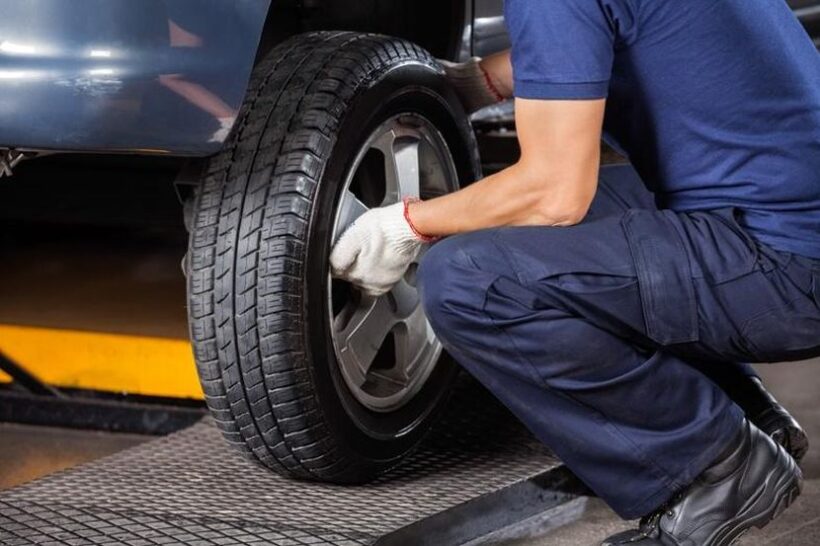Today’s tires may go further than ever before. Yet there are always exceptions. Is there a fast and hard rule about how to tell if you need tires? Do people agree on how often you should replace your tires?
Tire sales are a big business, and it seems like you can buy them almost anywhere. You can even order them off the internet and have a local mechanic install them for you. This huge array of choices should work in the customer’s favor, but the truth is that comparing tires is complicated by the number of brands and the number of possible services that may or may not be included with the tire’s installation.
You don’t want to buy new tires when the ones you have will last a while longer. Yet getting new tires is a safety issue, and no one wants to find out the hard way that they waited too long. Then there’s the problem of deciding what tire is right.
Mileage Recommendations

Most tires can go for 40,000 miles. Some can go up to 60,000 miles. This would indicate that you’ll be changing your tires every four to six years, unless you drive more than 10,000 miles per year. This is just a rule of thumb, and it can change depending how you drive, how you maintain your car, where you drive, and other factors. The quality of your tires is another factor, according to EarnhardtHonda. If you buy cheaply constructed tires, they won’t stand up to wear and tear.
How You Drive
Although tires are made better than ever before, as a rule, that doesn’t mean that the driver can expect the tire material to stand up to bad driving habits. Speeding in busy traffic, which leads to hard braking, is one example of how all four tires can be worn down quickly. Hard braking at every red light is another example.
How You Maintain Your Tires

Regular rotations and alignments can save your tires. It can be costly to do these services every six months. It may be worth it to do it every year, however, to extend the life of your tires. Rotating the front tires to the back has been shown to keep wear even. Furthermore, alignments have been shown to prevent tire damage due to problems with the suspension and steering.
Where You Drive
If you are a frequent off-roader, your tires will wear out faster. This may not mean you are driving on a trail far from civilization. Some of us drive around on dirt or gravel roads. Others happily roll into a field for parking for big events. The more frequently these things happen, the more the tires can be eroded.
Learning to Judge the Tread
Perhaps the best thing anyone can learn to do is to judge the tread on their tires. You are looking to see if wear bars have disappeared between the tread rows. You want to be sure that the tread is still viable. This is easy with a penny. If you see the top of President Lincoln’s head, it indicates that the tread is low in that spot.
Sometimes there is just one place on a tire that shows tread wear. Other times it is just one tire that shows such damage. In these cases, your tire tread may be warning you about alignment problems. Perhaps you don’t need to replace a tire, but you need to rotate your tires or get an alignment check.
Extreme wear along the edge of a tire is evidence that the car is out of alignment. The tire should roll evenly on the ground, but it must be leaning out slightly or leaning in slightly. A mechanic can actually look at tires and discover clues to a problem with the steering, suspension, and other mechanical components that keep your car rolling.
Get in the habit of checking your tires before every visit to a mechanic. Then you can ask questions if you see unusual wear.
Pressure Problems
A constant loss of tire pressure is a sign that a tire has a problem. This may mean an inexpensive tire repair. It could also signal the end of your tire set’s viability. There’s a third possibility, and that is that the sensor system in your tire is no longer working properly. Sensors are located inside the tire in most cases, and these cannot be replaced. You must learn to monitor that tire’s air pressure the old-fashioned way.
Glaring Problems

The most glaring problems are ones that signal it is time to change that tire. A bulge or lump is a sign that something is wrong with the tire. An obvious tear or cut is an indicator that the tire must be replaced for your safety.
A wobbly tire is about to blow. That should be attended right away. However, if your other tires have good tread left, you can get a close match to your existing tires. You need to be sure that it is exactly the same kind of tire and exactly the same size as the others. You’ll also want to rotate your tires and get an alignment check.
Finding Tire Maintenance Deals

Alignments and rotations are often offered as deals by shops and dealerships. You just need to be on the lookout for a deal and be ready to take it as soon as you spot it. Oil change shops often offer deals as well. You just want to be sure that whoever performs the service is a practiced hand.
Another way to maintain your tires is to get a package deal from the dealership or shop that sells you the tires. There are places that offer a certain number of free rotations and alignments after the initial installation. Make sure to note these on your calendar and don’t pass up this free help. It really can extend the life of your tires.
If you don’t feel like your tires are gripping the road during stops, you are probably getting to the point that they need replacement.

